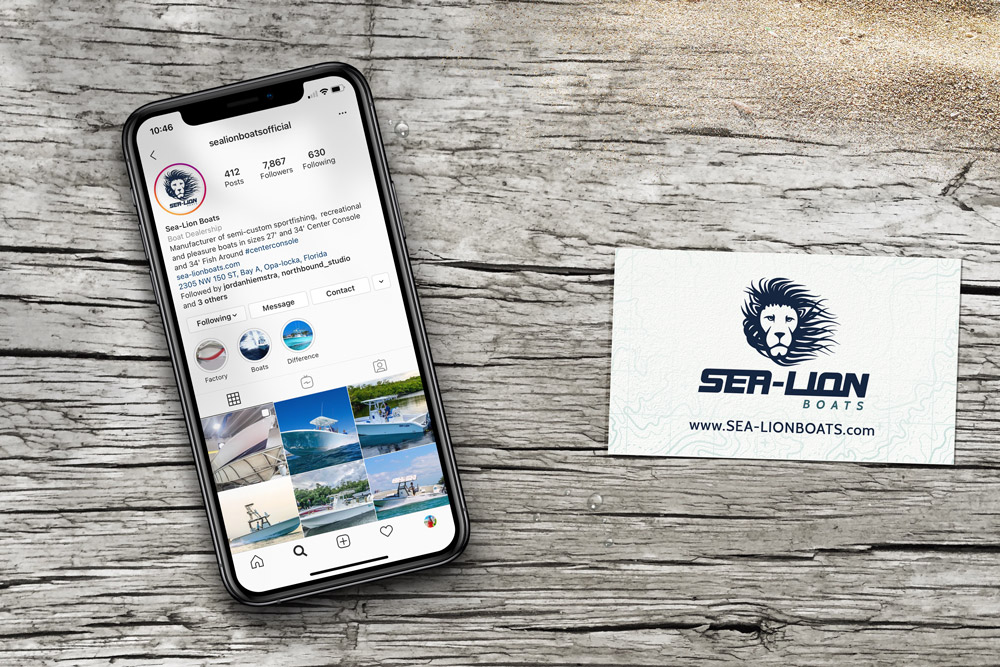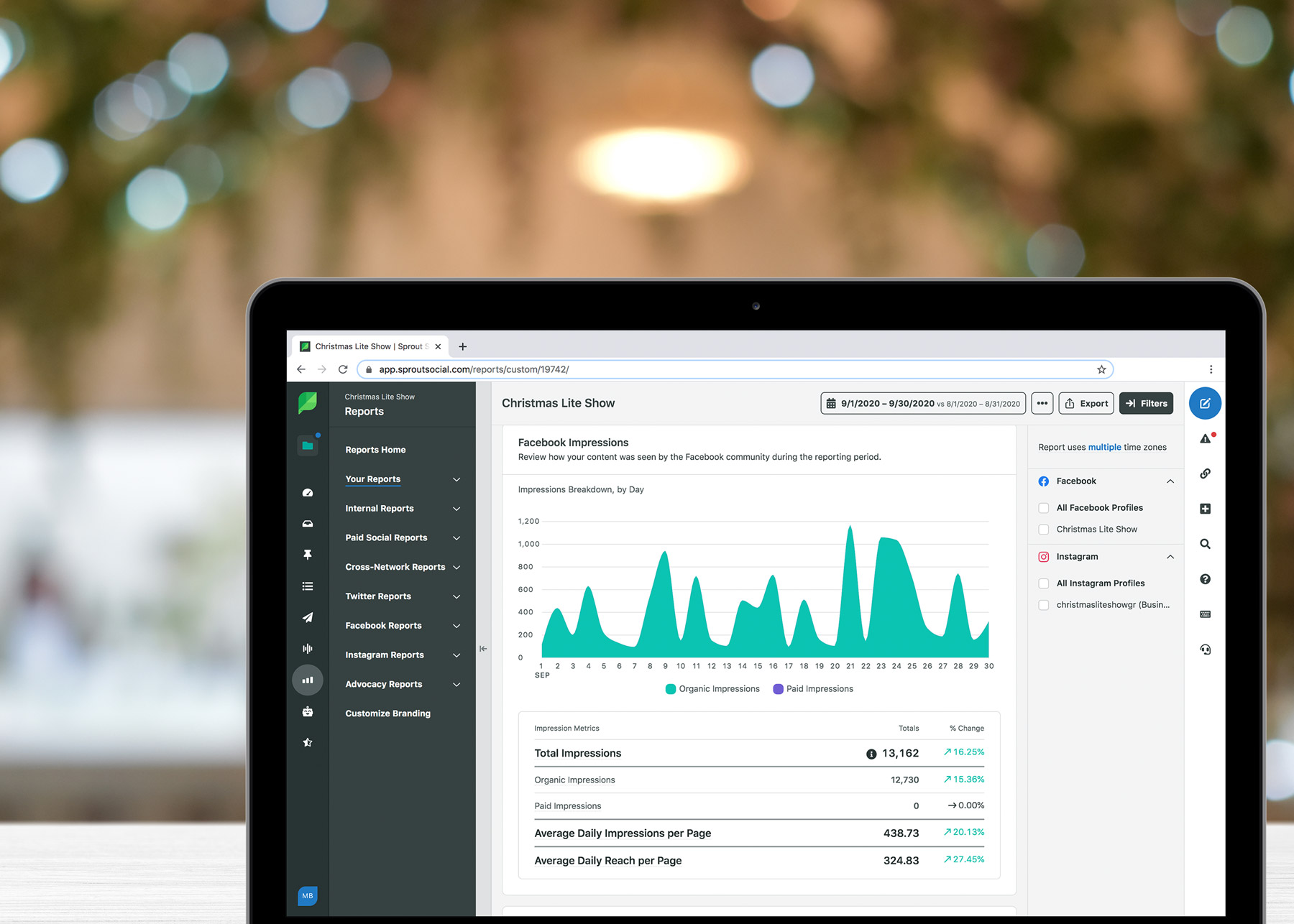
What is Content Marketing
People do not seek content only for education. Usually they are turning to social media platforms for entertainment. When you are killing time watching YouTube videos, scrolling through Instagram, or laughing at TikToks, you are consuming content. This is why it’s difficult to produce content that is educational, entertaining, and engaging. Content must provide more than just one value point. In fact, you should be aiming to offer at least three key value points with each content piece.
Content marketing is a win-win for both the brands producing the content and the consumer. Instead of being yelled at from your tv about the best stain remover on the market, you can now look up “how to remove wine stain from rug” and find an informative and helpful video that walks you through the process and advises you on the best products to help you accomplish your goal. What is a content marketing strategy?
What is Content Marketing?
People do not seek content only for education. Usually they are turning to social media platforms for entertainment. When you are killing time watching YouTube videos, scrolling through Instagram, or laughing at TikToks, you are consuming content. This is why it’s difficult to produce content that is educational, entertaining, and engaging. Content must provide more than just one value point. In fact, you should be aiming to offer at least three key value points with each content piece.
Content marketing is a win-win for both the brands producing the content and the consumer. Instead of being yelled at from your tv about the best stain remover on the market, you can now look up “how to remove wine stain from rug” and find an informative and helpful video that walks you through the process and advises you on the best products to help you accomplish your goal. What is a content marketing strategy?
Types of Content
There are so many different types of content and places to share it in 2021. So how do you choose? Where is your ideal customer seeking help right now? Are they scouring Pinterest, scrolling Instagram, searching Google? Maybe they prefer video content over blog posts because they have limited time and want to get an answer without having to read. Maybe they do all of these things.
Each platform and type of content has different audiences with different goals. Put yourself in your audience’s shoes and decide what will be most effective.
No matter what type of content you decide will work best, you need to make sure that it’s high-quality. With all the content out there today, producing something average / repetitive will be like trying to shout the same thing louder than everyone else. You need content that is not only different, but better than what is already out there. This is a big issue with apps like Canva. If you use Canva or other templates, it’s likely your followers / audience will know. The templates found there are so ubiquitous, that your followers will likely see an almost identical post or story from another brand.
If you’re sharing videos on YouTube, they need to look great. Viewers no longer tolerate watching grainy, poor-quality videos because they can easily find a video explaining the topic (maybe not as well as you could) with a more pleasant viewing experience. It would be a waste of your time to try to create content that is substandard, and you don’t have time to waste.
Find a method of creating your content that you have the skills to execute, or turn to professionals who can (like us).
We’ve written about the value of video and photo content on social media in 2019, but like we said above, it depends on who your audience is and what their problems are. Here’s a quick guide to different types of content and what they can accomplish.
Videos
People want enjoyable, original, creative content that adds value and entertains. The best way to do all of this is through video content. On top of that, video is the most favored form of content on social media. It outperforms all other content in terms of reach, share, and conversions.
With new video sharing platforms (like TikTok and Instagram reels) coming out all the time, it’s clear this trend is still on the upswing.
Photos
Photos are a great way to introduce people to your brand and product. Custom photography can tell the right story to the right people about your brand. It can show them how you fit into their lives and invite them to picture themselves interacting with your product.
Photos are also necessary for any social media platform or blog post. If looking at a photo can save someone the time it takes to read 1,000 words, they will be pleased, and more likely to share that content.
Blogs
Blogs are a great place to share long-form, educational, or informative content. Make sure your topics are helpful and answer questions and Google will reward you. The way you write also gives you an opportunity to share your personality and what’s unique about you with your audience. Is your tone casual, serious, didactic? We help our clients get their messaging right by spending time understanding who they’re writing to.
Podcasts
Podcasts are similar to blogs in that their purpose is to educate and inform, but they can also be a great place to entertain. Podcasts are also much more efficient because listeners can do other things while learning. If your target customer is a busy mom who spends a lot of time in her car or doing other things throughout the day, listening to a podcast is much easier for her to find time to listen to than setting aside time to read a blog.
Online Classes
Have a lot of valuable knowledge to share? Create an online class that can help walk your customers through using your product. This is a great way to show your customers that you care and want to help them as much as you can. It also establishes you as an expert and creates trust.
Infographics
Infographics can be a great addition to any content marketing strategy. They can deliver complicated information like statistics or benefits into a digestible format for the viewer.
Case Studies
Case Studies are a great way to establish yourself as an expert and let potential customers build trust in you before making a commitment. They also show the value of your services and how you can help solve your customers’ specific problems.
Books/eBooks
Books or (lower-investment) eBooks are another great way to distribute informative content and establish yourself as an expert. Collect the great content you already have and compile it in one place where your audience can find the answers to all of their questions. This could be a great option for a restaurant that wants to give cooking tips or recipes to their guests, a photographer who wants to give some iPhone photography lessons, or a yoga instructor who wants to give an overview of the basics.

How to develop a Content Marketing Strategy
1. Writing your mission & goals
You should begin your content marketing plan by defining your mission statement. This will help you determine what sets your brand apart, and how you aim to add value for your audience. Do some research into your target market, the problems they have, the type of content they appreciate, and how you can cater your content to that. Next, put together a mission statement that covers what you offer, how you’re different, and how you can help solve your audience’s problems.For more on this process and example mission statements, read about how we create brand empathy.
2. Establishing analytics
In order to achieve any goal, you must first set one! You can do this by creating KPIs (key performance indicators). These should be specific milestones that you’re aiming for. Setting these goals will help you track your progress. Some KPIs you can set include your goals for sales, social media reach, views, SEO traffic, etc. The more specific you are, the better. Set a specific number for revenue you’d like to generate in a specific time. Define a number of new email subscribers. Set a goal for your page rankings. You can also use these to track your ROI.
3. Defining your audience
Beyond what you did in step 1, define your audience in terms of demographics like age, gender, education, income, and any other relevant data. You can further define your audience by interests using Google Analytics and social media insights.You can also try to get more specific information by creating surveys for your audience. Use this information to create buyer personas.
4. Brand positioning
If you already have content out there, analyze it! How is it performing? Are there any gaps you could fill? Compare your content to your competitors’ content. Does your content stand out?
5. Picking your channels
Next, pick your marketing channels. From your research, you should have a fairly good idea of where your audience is most active and most likely to find you. You can also find this data within Google Analytics. Which channels are working for you now? Are you missing an opportunity somewhere? Where are your competitors active?
6. Content types
You NEED to have a website at a minimum. A lot of content can live on your website. It also functions as a place for your audience to take action: make purchases, subscribe to emails, contact you, etc.
Aside from that, you should have a blog. A blog is an essential part of a content marketing strategy because it’s so effective. For SEO purposes, but also because blog posts are so shareable and can generate huge reach on social media.Other content types include those listed above. Video content is highly effective across multiple platforms. Lead-generating content like ebooks and online courses can help you quickly grow an email list full of solid leads.
7. Building your team
Do you have time to execute this content strategy? Do you have the knowledge? Do you have the tools? Many small businesses do not have a dedicated person / team who can handle this additional work, and are hesitant to add a whole new salary to the books. This is when it can be helpful to bring in outside resources.
These projects often require more than just one person. Since content marketing often includes more than one type of content, one new hire may not be a videographer, photographer, writer, designer, social media creator, web developer, etc.Northbound is happy to become a part of your team, learn everything about your business, vision and goals, and help you achieve them. Our team is made up of creatives, strategists, and project managers who plan and create customized, on-brand, effective content for our clients across multiple industries.
8. Scheduling & planning
Once you have your channels, content types, team and tools lined up, it’s time to work the plan. A content calendar is key to keeping your marketing running smoothly. There are many available tools to accomplish this. At Northbound we use a combination of project management software and social media scheduling software to assign, track, create, and publish content. This workflow allows us to assist multiple clients with their marketing efforts, and track our results.
9. Creating the Content
Did you think you were done researching? Actually this step involves A LOT of research. Whatever type of content you’re creating, you need to make sure it’s unique, valuable, and in demand. In order to do that, you need to make sure you know what’s already out there. Hone in on your specific topic and make sure you ARE the expert you’re claiming to be before you publish content about it.
Make sure that in any content you create — written or visual — you are reflecting your brand and mission statement. What is your brand’s personality? Make sure that when your content is seen, your audience will recognize that it came from you.
10. Distribution & marketing
Now that you’ve created your gorgeous content, you need to get it out there! After you’ve posted, how are you spreading the word? Share your content through emails, social media, influencer / strategic partnerships, sponsoring, etc.
11. Measuring and applying results
Content marketing is an iterative process! The first plan isn’t going to work seamlessly. This is why we have analytic tools. Use these tools to measure the performance of different content types, channels, topics, etc and get a better understanding of what your audience wants. The more you study your analytics and tweak your plan, the more successful you will be.This is also why it’s helpful to develop a long-term relationship with your content marketing team. Working with the same team long-term means that they will gain a deep understanding of your business, industry and audience. They will also be familiar with what you’ve already tried and what works for you.
12. Repeat
You will need to continue to repeat this process. In doing so, you will improve your content marketing strategy and learn more about your target audience. Each time you produce content, you have a chance to use your analytics to see what you can do better next time.

Goal of Content marketing
The goal of content marketing is to help potential customers solve their problems and answer their questions. This will help position your business / you as an expert. It also shows consideration for your customer. After you’ve helped them, they will see you as a resource. This gives you the opportunity to sell to them without selling at all.
In 2020, content marketing also offers you the opportunity to reach an unlimited number of people for a fraction of the cost of traditional marketing. When you reach one person, and they share your content, your reach grows exponentially.
Start your content marketing project
Blog Posts
It seems like everyone and their mother has a blog these days. It’s not just because they needed a side hobby! Blogs are an integral part of content marketing. The reason is SEO. If you want to rank higher on Google, you need a blog.
Why do I need a blog?
Blogs are a perfect place for keyword rich content which can help you rank higher on Google, position yourself as an expert in the field, and help your customers. According to TechClient, you have a 434% higher chance of ranking higher on Google if you have a blog. Increasing your chances of reaching new clients by 4+ times is reason enough to start a blog.
HubSpot shares that businesses who incorporate blogging into their content marketing mix get 67% more leads than businesses who don’t.
Adding a blog to your website
Fortunately, adding a blog to your WordPress website is not difficult. Most of the sites we build come with blogs already built in. All you have to do is write and publish.
Not sure you have the time to research keywords, create content templates, write content, and distribute it? We can help with that. At Northbound, we learn your brand voice and create keyword-rich content that will not only help you rank higher in search engines, but actually help your customers.
Blogging and social media
Blogging is also a great resource for social media content. Sharing blog posts once or twice per week can help fill in the content gaps on your platforms. By offering written content, you are also appealing to a wider audience. While some prefer video content, photos, etc., others prefer written content.

Why invest in content marketing?
This method of marketing has become immensely popular with the advent of social media and search engines, and it’s not going anywhere. If you offer a product or service and have not yet invested in content marketing, you are missing out on a huge opportunity.
But I already have a website, aren’t I showing up on Google?
If you already have a solid, beautiful website but aren’t filling it with relevant content, no one will see it, and that’s a wasted investment. In order to actually make use of that website, you need to make it easy to find, and that’s done through content creation like blog posts.
I have a business Instagram account already.
How often are you posting? Did you know that the Instagram algorithm only shows your posts to a maximum of 10% of your followers? And if you’re not posting at least once a day, that number significantly decreases. In order to make use of that platform, brands need to be consistently producing and sharing high-quality content.
But, as a business owner, do you have time to be posting on social media channels everyday? Do you have time to compete on Google for the top spot by writing in-depth blog posts a few times a week? It’s a lot to add to your plate.
Northbound Studio is ready to help you use content marketing to achieve your business goals.


Social Media Marketing
Social Media Strategy
It’s not enough to have a social media presence and post occasionally. With a constantly changing algorithm, platform updates, and new trends, it takes a lot more time, effort and knowledge to run a successful social media marketing strategy.
Social media marketing involves creating and distributing valuable and engaging content across several channels including platforms like Facebook, Youtube, Instagram, Twitter, and more.
It’s also a great way to understand what your customer likes and dislikes. You can do this through social listening, or monitoring what people are saying about your business on social media.
Does my business need social media?
Through social media, your business can:
Depending on your target market, social media marketing can be a highly effective way to market your business. Keep in mind, a scattered approach on social media does not work. Algorithms boost content based on the amount of engagement you do. This means the more time you spend = the more successful you will be. It also means days without posts will directly lead to a downturn in reach and engagement. For this reason, it can be extremely helpful to have a social media team to manage your accounts and make sure that you are getting your ROI.